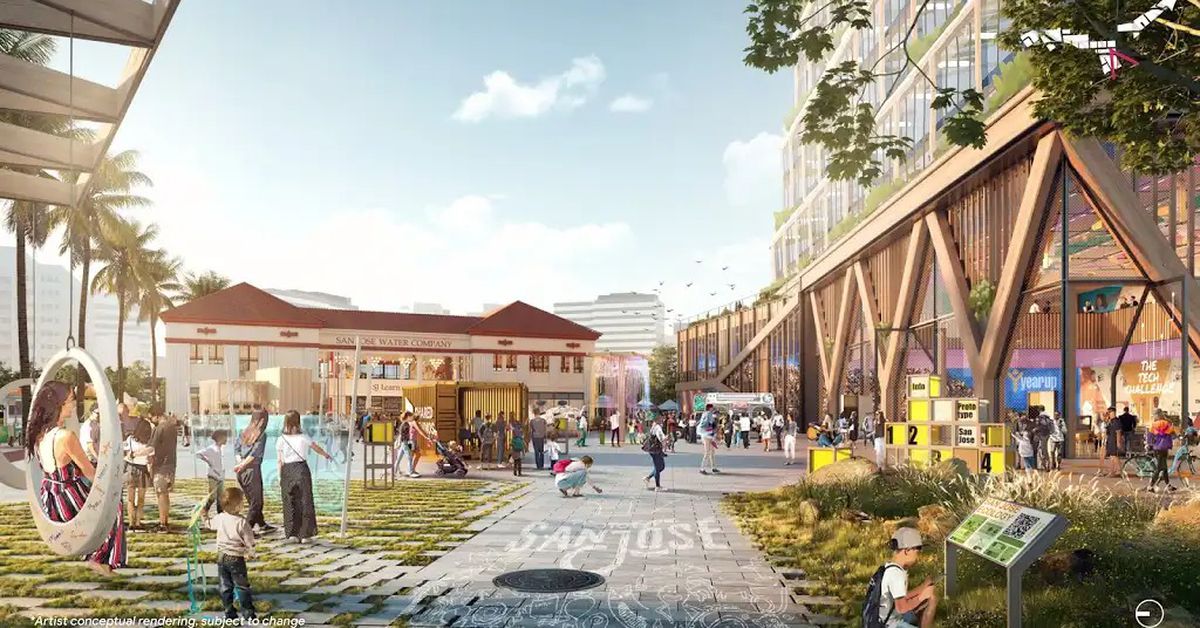- cross-posted to:
- [email protected]
- cross-posted to:
- [email protected]
Developer Lendlease says it’s ended its agreement with Google to develop four districts across California after the companies decided it’s “no longer mutually beneficial given current market conditions.”
I take this as a positive sign that Google is listening to its employees about wanting to continue working from home, wherever those homes are. No need to concentrate so many expensive people, in expensive office buildings, requiring so much expensive housing.
I think that’s a big part of it
“It simply gives them the flexibility needed to get the best possible developers on the project to build 4,000 new homes in our thriving downtown.”
So I guess Lendlease is not exactly a “best possible developer” ouch!
This is the best summary I could come up with:
Google has ended its agreement with Lendlease, the lead developer it had been working with on four major campus projects in Silicon Valley.
In an announcement published earlier on Friday, Lendlease said both companies had agreed to end the deal after determining that “the existing agreements are no longer mutually beneficial given current market conditions.”
The Wall Street Journal notes that developments could have totaled over 15 million square feet of “office, residential, retail and other space.”
But since then, the covid-19 pandemic has significantly changed business real estate needs after companies shifted toward more hybrid modes of working.
In a statement, Google senior director of development Alexa Arena said that the company is looking at “a variety of options” to meet its housing commitment.
San Jose Mayor Matt Mahan told Bloomberg that the Lendlease deal coming to a close “doesn’t change Google’s commitment to San Jose or their timeline… It simply gives them the flexibility needed to get the best possible developers on the project to build 4,000 new homes in our thriving downtown.” Google had proposed constructing 7.3 million square feet of office space and 50,000 square feet of retail and cultural space in addition to the homes, around a quarter of which were due to be set aside as affordable housing.
The original article contains 522 words, the summary contains 214 words. Saved 59%. I’m a bot and I’m open source!



